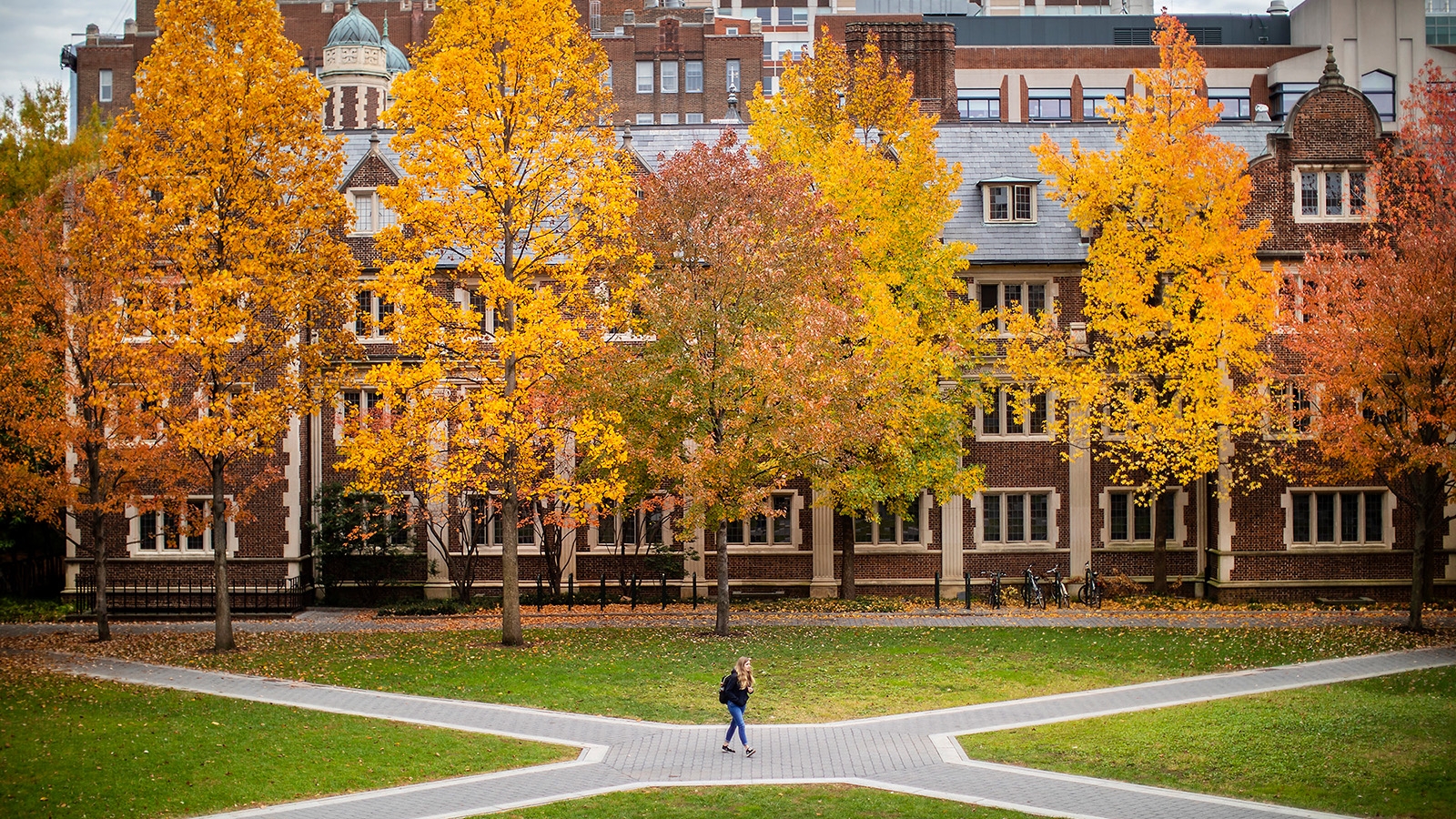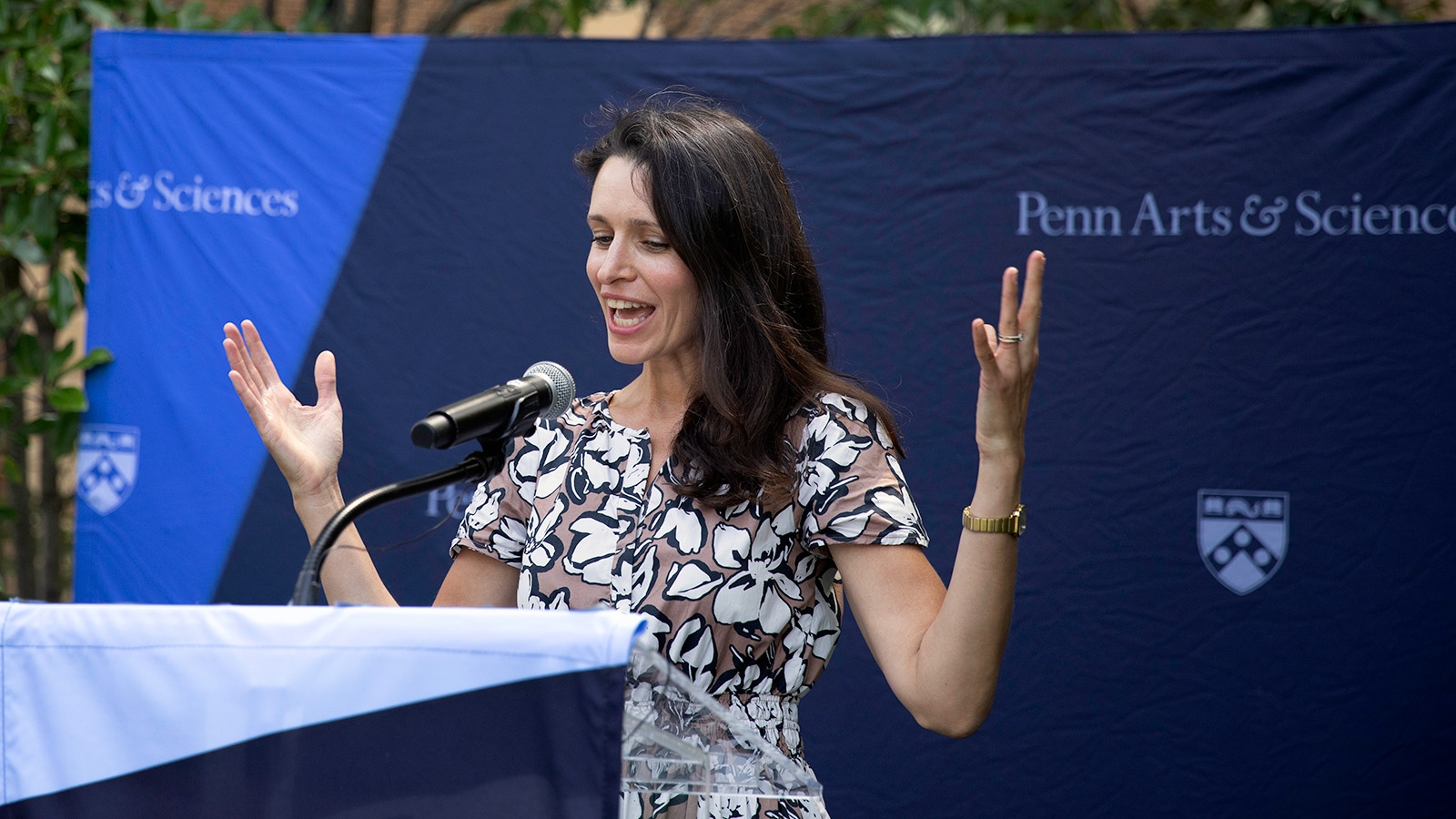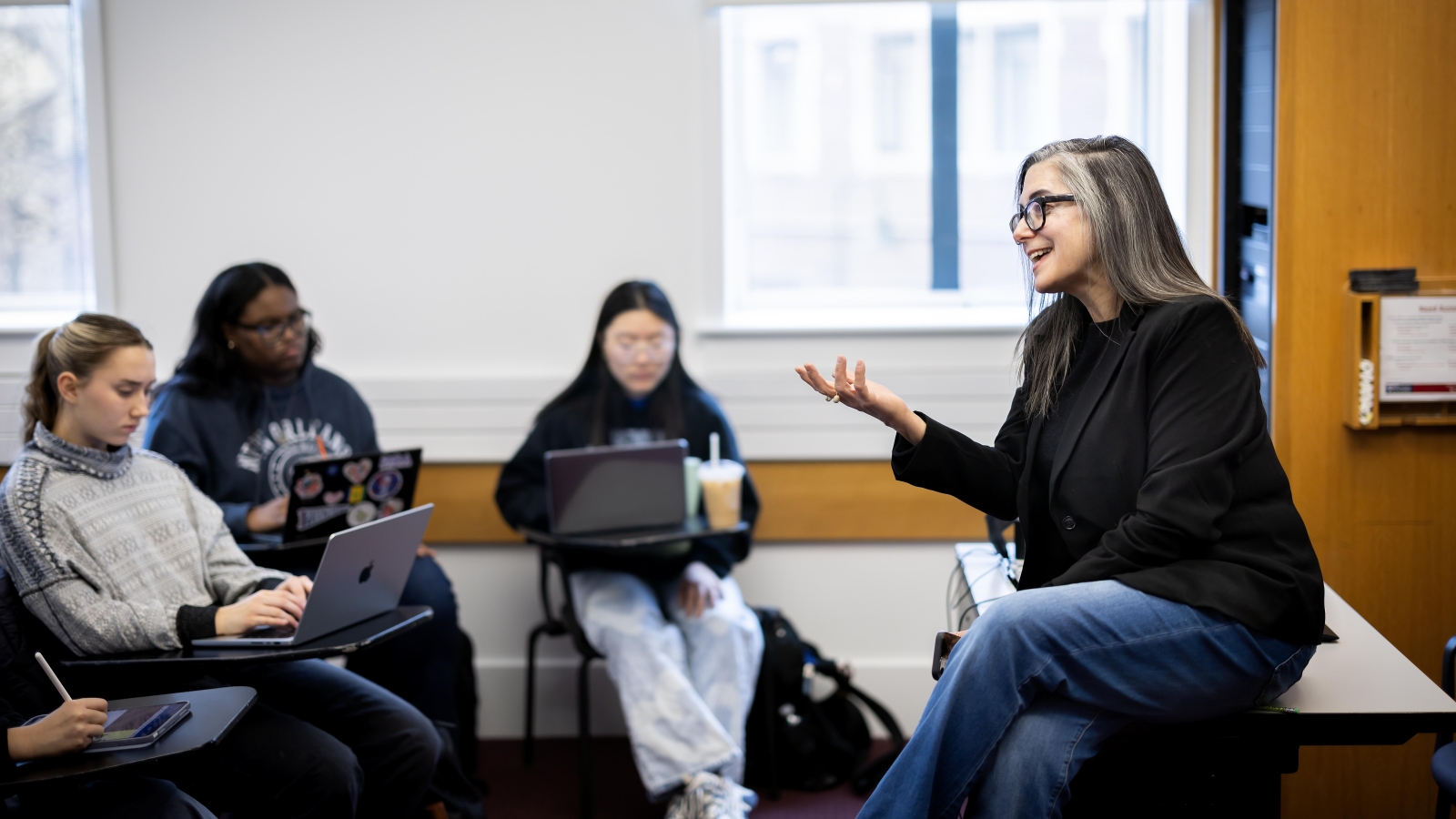The World Under Light
Assistant Professor of Chemistry examines what happens when light strikes objects.
What makes light? Where does it come from? These are among the first questions most children ask about the world around them, and countless scientists have dedicated their careers to finding the answers. But Joseph Subotnik, assistant professor of physical and theoretical chemistry in the School of Arts and Sciences, is interested in the other end of the question: not where light comes from, but what happens when light shines on something.
It's a question of vital importance both theoretically and for practical applications, such as building better solar cells. Subotnik and his team achieved a significant breakthrough in the complex computational and mathematical task of modeling how materials behave when light hits them. His work was recently honored by the Presidential Early Career Award for Scientists and Engineers (PECASE).
Light, of course, is merely one form of electromagnetic energy. When it shines on any solid material, part of the light is reflected back in certain wavelengths that we see as color. Most of the remaining light absorbed by the material is simply transformed into heat and lost. But some materials can do more with that energy: a plant leaf, for example, uses it to make food. In essence, Subotnik explains, "There's two different pathways: the storing energy pathway, in which you keep excited electrons and you do something chemically interesting with them, and the useless pathway, which is heat that just gets dumped."
Modeling such phenomena is the key to designing materials that do useful things with the "storing energy" pathway, such as solar cells. "Everybody wants to understand exactly how you can predict which of these two pathways happens in materials," says Subotnik. "For solar cells, you need to know exactly how much of each pathway you're going to get because that's what defines the efficiency of the material."
But making those determinations is an enormously complicated task. The models have to reconcile the quantum-mechanical behavior of the fast-moving electrons, whose position and speed can be determined only in probabilistic terms, and the classical behavior of the much heavier, much slower nuclei. By taking into account a phenomenon known as decoherence -- basically, the point at which the quantum realm of the electron transitions into the classical world of the nucleus -- Subotnik's work has resolved some major inaccuracies that plagued the accepted algorithms used for photodynamic modeling. His solution involved "figuring out exactly when quantum mechanics becomes classical mechanics" in the algorithms, which was "what was needed to fix up the theory so you can actually start doing real simulations."
Subotnik received the PECASE award along with a group of other young scientists and engineers this summer at a White House ceremony hosted by President Obama. "It's probably downhill from there in my career," he laughs. The award comes with five years of funding, which will help Subotnik to further refine and develop his photoelectric models. "Now that we know how to estimate these different time scales and how to make an algorithm that works, we're actually coding it up and planning to start using massive amounts of computer power to start modeling realistic systems so we can actually predict the flow of energy," he says.
The potential of the work ranges far beyond the obvious development of cheaper and much more efficient solar cells and semiconductors. "In principle, these types of algorithms could be useful for batteries, capacitors, LEDs, anything people are trying to understand on a fundamental molecular basis," Subotnik points out.


